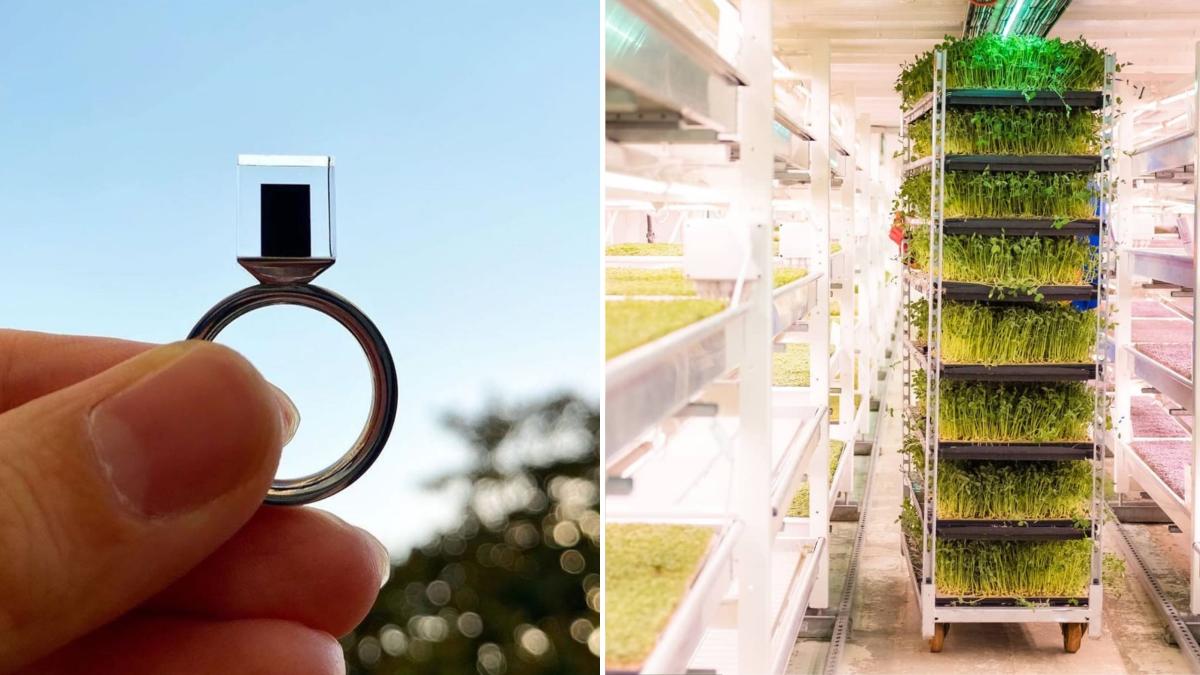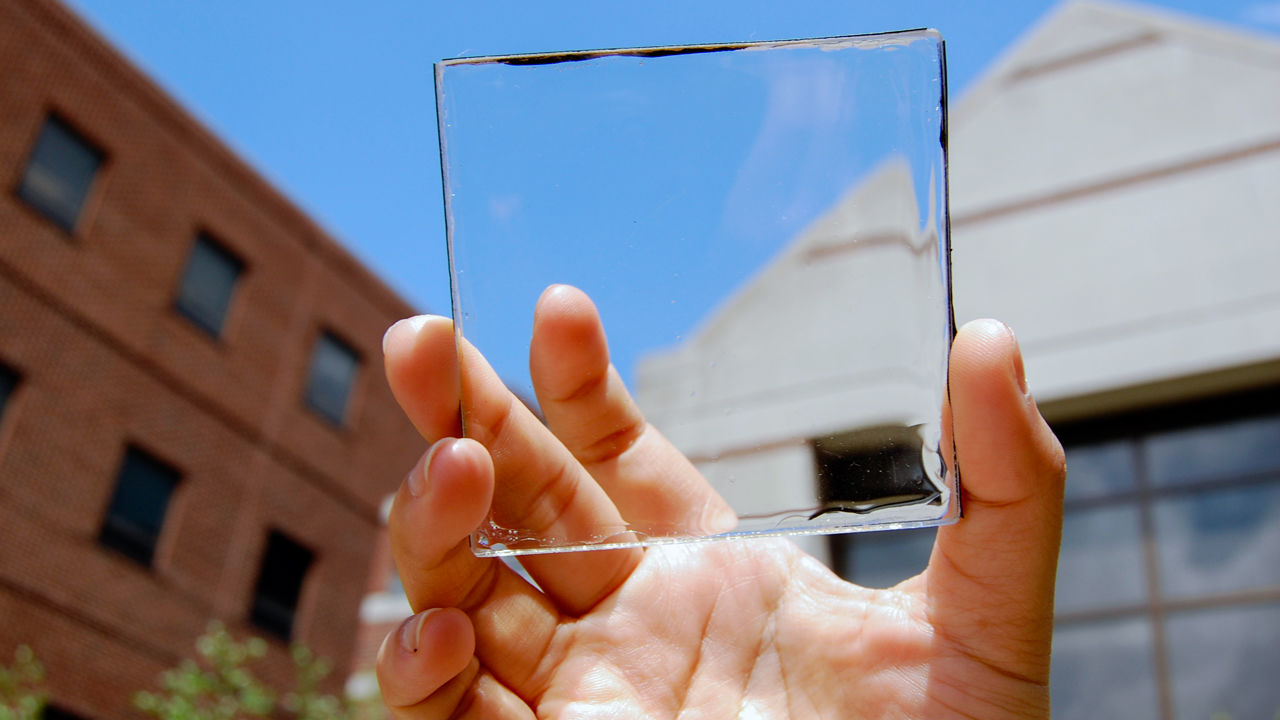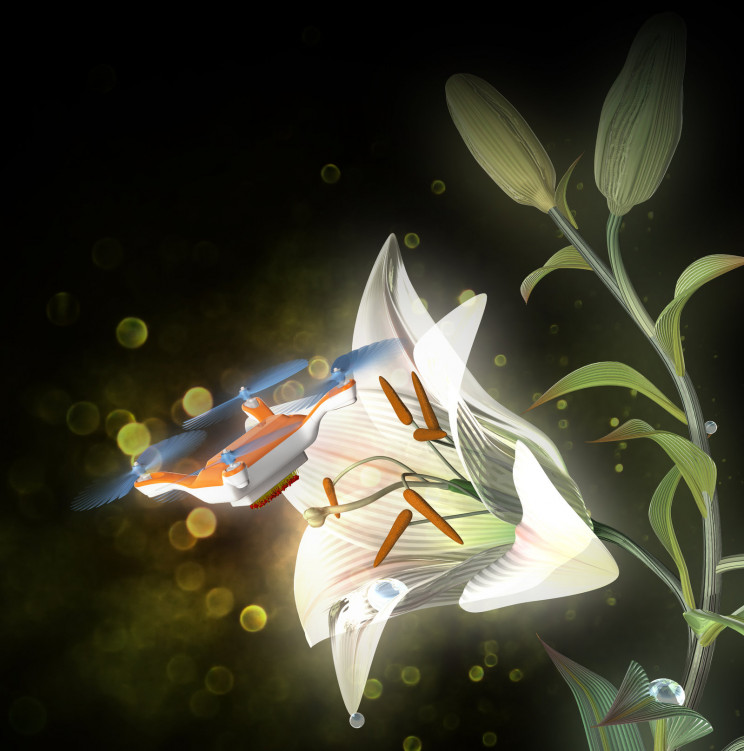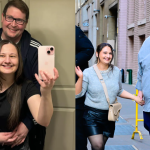
Sustainability is a huge topic, perhaps one of the biggest. On an individual level, we know that we should be making changes to our daily habits to bring our personal waste down, like only buying as much food as we need to prevent waste, switching to eco-friendly detergents, avoiding single-use plastics, and generally rethinking our beauty routines.
But with an issue that feels almost insurmountable, I find it useful to remember there are many, many people in the world who are much smarter than I am, and who’re making big moves in the sustainability space. While there is much work to be done, it is affirming to see huge companies making moves too.
For example, Electrolux, which has always dominated in the tech and home industries, has launched Better Living in 2030. It’s a program created to shine a light on Gen Z, who will feel the fullest impact of climate change, and they want your thoughts on what you actually want to change so they can start shaping a better future. Once you’ve submitted your application to the Better Living program, they’ll choose one person to become the Australian representative at the global innovation hub and have a hand in creating more sustainable homes for future generations.
And on that note, we’ve rounded up nine inventions from around the world that are working for a better future and are just plain cool.
Jewellery Made From Smog
View this post on Instagram
We’re kicking things off with one of the coolest inventions on the list: a smog tower that literally collects the pollution from the air and turns it into nifty items like rings. Headed up by innovator, Daan Roosegaarde, the Smog Free Tower is a seven-metre structure that uses a small amount of green energy to act as a vacuum, using positive ionisation technology to clean 30,000m³ per hour in public spaces. As a little souvenir, they’re also turning 1,000m³ of compressed pollution into rings that people are even using as engagement rings.
Solar Glass

Imagine if you could have all your windows made from solar glass that functioned like regular glass but also produced energy. That’s what these glass solar bricks are designed to do.
Pineapple Leather
View this post on Instagram
There are many aspects of the leather industry that would make most of us shudder if we looked into it and there’s no doubt it has a negative impact on the environment. Piñatex is a natural leather alternative that is made from pineapples and bypasses animals’ involvement in the process altogether. Specifically, it’s made from cellulose fibres that are extracted from pineapple leaves and are then mixed with PLA, and a petroleum-based resin. Brands like Chloé and Sézane have used pineapple leather to make sturdy and stylish handbags and no doubt we’ll be seeing a lot more of it in years to come.
Bee Robots

Most of us have heard that there’s a lot of worry about the declining population of bees and how a potential extinction would be catastrophic for life on earth (dramatic but sadly true). Enter: B-Droid. Researchers at Warsaw University of Technology have spent the last nine years researching the potential for automated pollination. The goal isn’t to replace bees, but bolster the population by allowing the drones to take the low-value but very labour-intensive jobs and free bees up for the really important pollination work.
Modular Mobile Phones
View this post on Instagram
Most of us upgrade our phones every couple of years, which is a huge waste. The Fairphone has been designed to last a whole lot longer than the average phone and the real reason it’s so cool is because of its modular design. That means you can repair or upgrade different modules in the phone, for example, the battery or even the camera without tossing out the entire phone.
Underground Farming
View this post on Instagram
The agriculture industry accounts for 16% of Australia’s greenhouse emissions and accounts for 30% of energy usage, globally. Meanwhile, some modern farming techniques are also degrading our soil quality (not good). Growing Underground is basically the antithesis to this. Located in a tunnel underneath South London, their hydroponic farm grows greens in an environment that don’t rely on the weather and are in stores within hours of being picked, thus reducing food miles, too.
The truth is, all of these inventions aren’t just bloody cool but they’re also making a real difference in their communities to overcome environmental issues. Even Electrolux’s range of products, like their washing machines, use vapour to refresh clothes to save energy and water consumption.
But there’s still a really, really long way to go.
You can sign up for the Better Living in 2030 program, share all of your thoughts on how we can all be doing better to help the environment, and have the chance to represent Australia at Electrolux’s global innovation hub right here.







